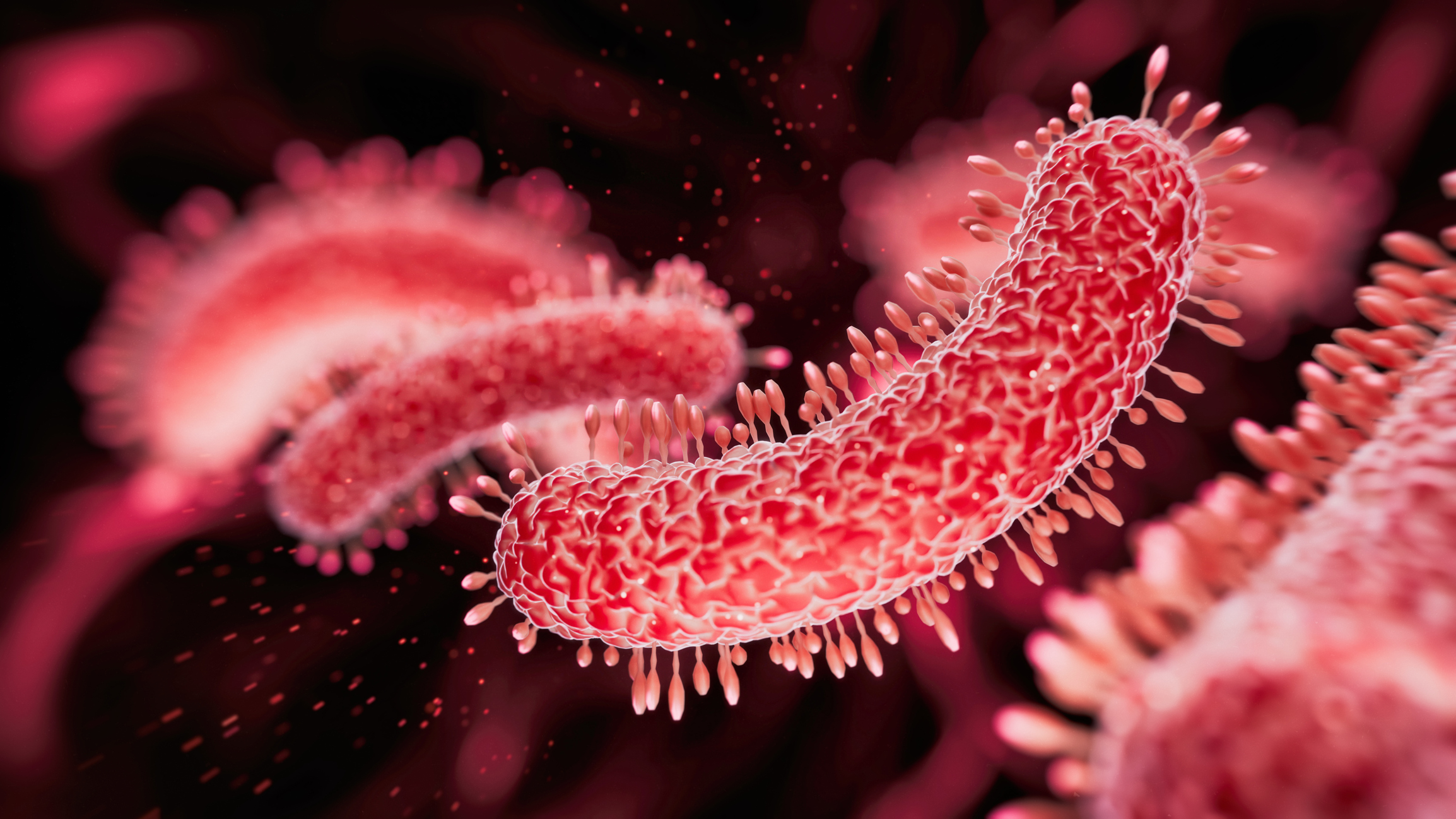Can AI Create Life? It took more than eight decades for scientists to cover the leap from discovering DNA to finding its structure. Technology paced the scientific advancements that could shape the future of humanity and now with artificial intelligence, all the records of time taken for an innovation are being broken. Artificial intelligence is no longer just writing text, generating images, or coding software. In a breakthrough that could transform medicine, scientists at Stanford University have used artificial intelligence to design new viruses capable of killing harmful bacteria. The discovery could form the bases for new treatments for deadly infections and spark fresh debate about whether machines are edging closer to creating life itself.
How the Discovery Was Made
A team from Stanford University and the Arc Institute wanted to answer a big question: can computers help scientists design viruses that are even better at killing bacteria than the ones found in nature? To do this, they focused on a very simple virus called phiX174 that infects ordinary bacteria known as E. coli. This virus is well understood and has only 11 genes making it an ideal candidate for the experiment, minimizing complexity while maximizing control.
Instead of using human guessing and years of research, the team trained an artificial intelligence program called Evo, with information from millions of similar viruses. Evo is very similar to Chat GPT or other LLMs (Language Learning Models) and with data, it learned how viral genes are structured and what combinations might work. Using this knowledge, the AI created hundreds of new virus designs it thought could work to attack bacteria. The AI’s ability to analyze vast datasets and propose innovative genetic configurations marked a significant leap beyond human intuition, streamlining a process that once demanded decades of research.
Turning Code into Biology
Once the AI had created many different possible virus designs, the scientists used lab techniques to make real versions of these viruses based on the computer’s blueprints. After testing all the designs, 16 of the new viruses were able to infect and destroy the bacteria successfully. Some of them were much better at killing bacteria than the natural virus they started with. J. Craig Venter, a pioneering scientist who created some of the first organisms with lab-made DNA in 2008, says that AI methods look to him like “just a faster version of trial-and-error experiments.”
While viruses like phiX174 are not considered “living” organisms, and are often likened to biological machines rather than true life forms, this experiment bridges a critical gap. By designing functional viruses, AI is inching closer to crafting entities that mimic life’s core processes, prompting philosophical and scientific debates about what constitutes life.
Why This Matters
Antibiotic resistance is a growing global crisis, with bacteria evolving to evade standard treatments, rendering many drugs ineffective. A Lancet study estimates that by 2050, antibiotic-resistant infections could cause millions of deaths annually if unchecked. The World Health Organisation says that Antimicrobial resistance is one of the top global public health and development threats. It is estimated that bacterial AMR was directly responsible for 1.27 million global deaths in 2019 and contributed to 4.95 million deaths. In India alone, 6 lakh lives are lost each year due to anti microbial resistance.
Bacteriophages, or viruses that attack bacteria, offer a promising alternative. Unlike antibiotics, phages can target specific bacteria with precision, sparing beneficial microbes. However, identifying or engineering the right phage for a given bacterium has historically been slow and labor-intensive. AI’s ability to rapidly design and test multiple phage variants could accelerate the development of tailored treatments, offering hope for patients with untreatable infections.
Safety, Ethics, and Risks
Stanford’s achievement is a milestone in AI-guided biology and has the potential to revolutionize how scientists and doctors fight stubborn bacterial infections. While this technology offers hope, experts warn about moving forward too quickly. Artificial intelligence is very powerful, but can also be unpredictable. Some scientists are worried that if this technology is used carelessly, it could create viruses with harmful effects by accident. There are also concerns about someone using AI to create dangerous pathogens on purpose, although making harmful human viruses is much more complicated, and today’s technology cannot easily do that.
Looking Ahead
The Stanford breakthrough highlights AI’s potential to reshape biology, but it also underscores the importance of responsibility. Researchers believe that with more study, computer-designed viruses could be used to treat infections that don’t respond to antibiotics. This could help people in hospitals and make food production safer by fighting bacteria that spoil crops or livestock. They hope that future AI systems will design even better viruses and discover new ways to improve human health.
At the same time, scientists call for good safety guidelines and rules, so this technology benefits society while protecting people from risks. The discovery is exciting, but responsible research and careful control are essential for progress
(The author is a Content Researcher at DD India)














